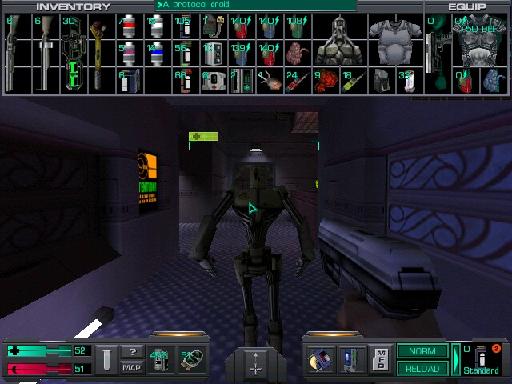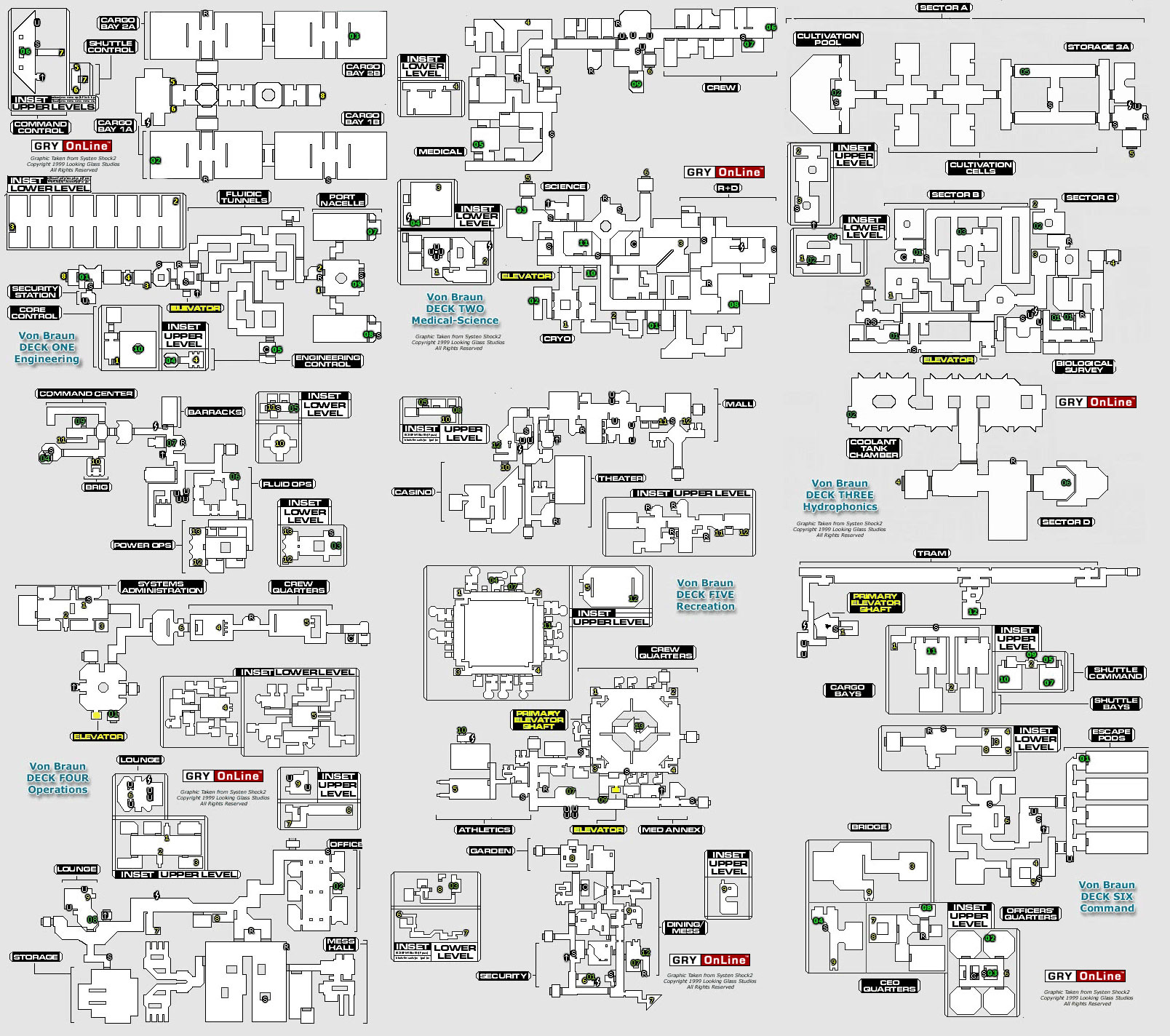

In order to overcome this, editors must resort to complicated Rube Goldberg machine-like effects using a combination of its other systems.įor its time, the Dark Engine offered advanced AI and sound features, as well as a powerful object-oriented object system.

As such, new modules can be written and plugged into the level editor, DromEd, but are limited due to the scope of the functions made available by the core engine. The engine does not natively support advanced game scripting, with AI and object behavior being controlled by "Object Script Module" (.OSM) files, which are DLLs that are loaded at runtime. There is a maximum of 216 textures and independent palettes, excluding 8 animated water textures. Textures are grouped in "families" which share the same palette.

In terms of textures, the game supports palletized PCX and TGA textures, in powers of two up to 256x256. Due to the limited hardware of the time, the Dark Engine was not designed with scalability in mind, and can therefore only display 1024 terrain polygons onscreen at once, as well as various other limits on objects and lights. The Dark Engine's renderer, originally created by Sean Barrett in 1995, supports graphics similar to that of the original Quake, with Unreal-like skybox effects and colored lighting introduced in Thief II. The Dark Engine was a game engine developed by Looking Glass Studios and was used from 1998 to 2000, mainly in the early Thief games.



 0 kommentar(er)
0 kommentar(er)
